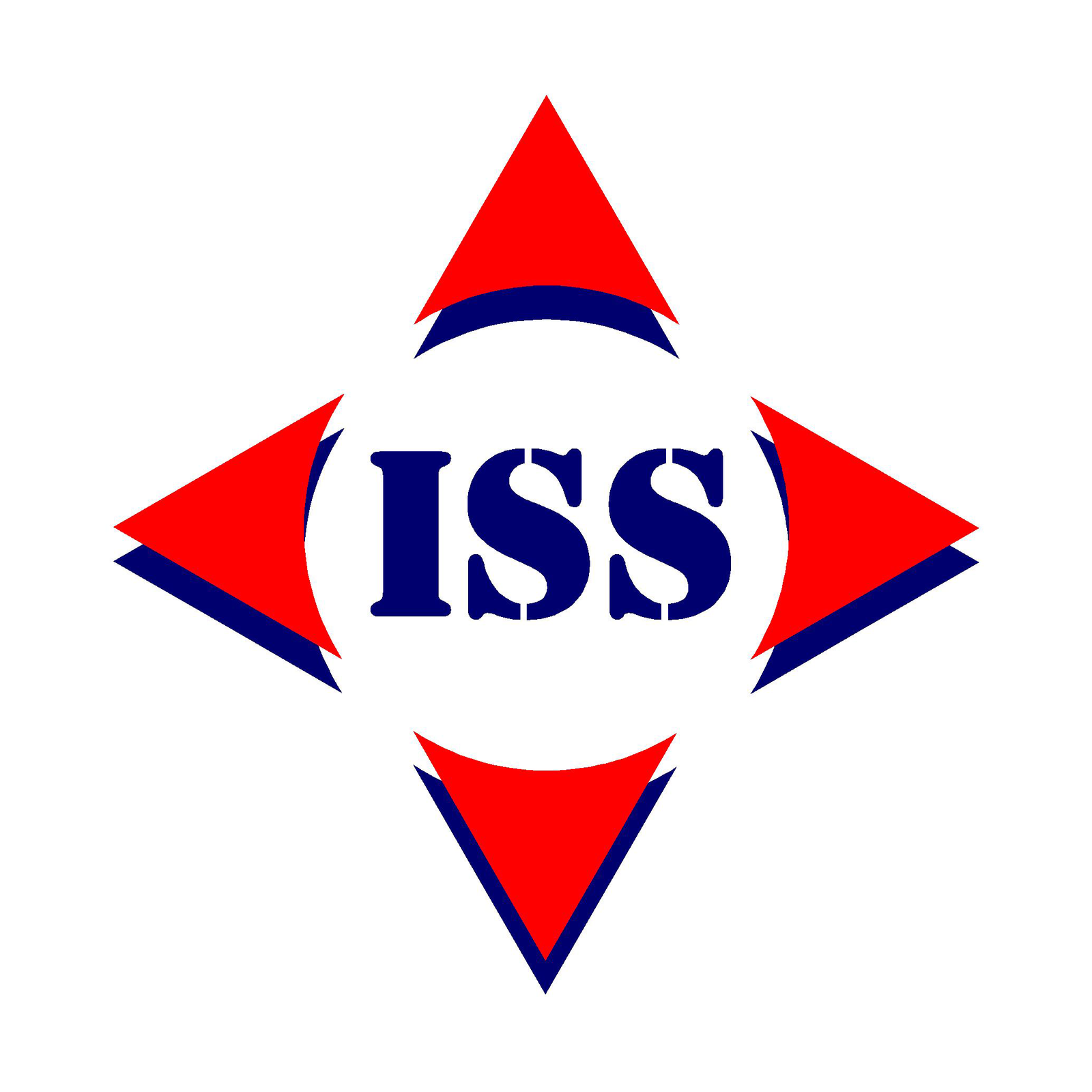
At ISS, we believe that all businesses involved in shipping should have some understanding of the supply chain, moreover, their supply chain specifically. This is one of the reasons why supply chain visibility (SCV) is considerably important in conducting seamless business operations.
To find out more about supply chain visibility and how you can achieve it in your business, read on!
Basics of Supply Chain Visibility
SCV refers to a business’ ability to see and track activity across their supply chain. This information can come from a variety of sources, including enterprise resource planning systems, order management systems, warehouse management systems, transport management systems, supply chain software and technology, data analysis, and effective communication between all parties involved in the supply chain.
SCV allows businesses to gain more accurate insight into their supply chains and identify potential issues before they arise.
Benefits of Supply Chain Visibility
As time progresses, more and more businesses are striving to maximise their supply chain visibility. This is because SCV presents many benefits to businesses, their employees, and their customers. These benefits include:
- Improved decision making: with more precise (and often real-time) data, businesses are able to make better informed decisions about where to allocate resources.
- Improved efficiency: SCV allows businesses to identify and remedy inefficiencies within the supply chain more easily.
- Reduced costs: more efficient supply chains allow businesses to avoid unnecessary expenses and reduce costs.
- Reduced risks: with greater visibility into potential threats, businesses can take steps to mitigate risks and avoid supply chain disruptions from occurring.
- More sustainable practices: SCV also allows businesses to better identify non-sustainable practices in their supply chain.
Challenges of Supply Chain Visibility
Although supply chain visibility can greatly benefit businesses, there are a number of challenges that can hinder the implementation of SCV processes. These challenges include:
- Data quality: for SCV to be effective, businesses require high-quality data. This can be a challenge, particularly for businesses with legacy systems and/or siloed data.
- Data integration: for SCV to be effective, data needs to be integrated from multiple sources. This can be a challenge for businesses with complex or disparate systems.
- Implementation costs: the implementation of SCV systems does require considerable upfront investment. It can be particularly expensive for businesses with large and/or complex supply chains.
Despite these challenges, implementing SCV systems in your business can greatly benefit supply chain processes and save you money in the long-term.
For more information, get in contact with the ISS team.




